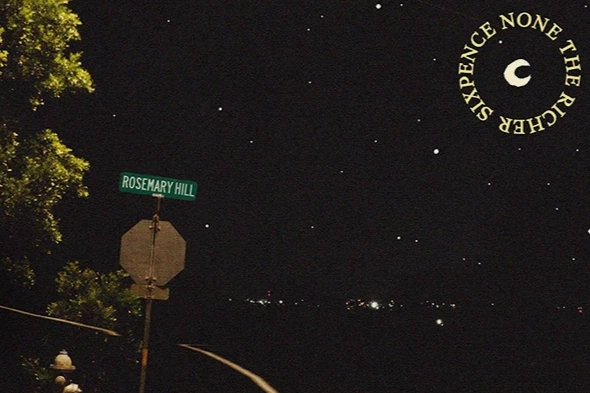Loading the camera with film, checking the shutter speed, adjusting the aperture and getting ready for the perfect shot. The only difference is you can’t see the photos right away. In 2019, film and disposable cameras made a comeback into mainstream media and are used by teenagers today with growing popularity.Â

When senior Molly Reinecke saw these types of cameras regaining popularity, she thought the pictures looked interesting and wanted to try it out herself. Having used disposable cameras when she was younger, Reinecke got one of her own to take pictures of her birthday trip to Chicago in 2019.
“I think film is coming back because every picture has a unique look to it. The typical iPhone camera can be boring and exhausting to keep retaking pictures,” Reinecke said. “I like not being able to see the pictures immediately after I take them. It is always fun being surprised with the pictures when they come back from the lab.”

 The first disposable camera was created by Fujifilm in 1986. Although digital cameras existed, they were hard to carry around because of their large size. Disposable cameras were cheaper and smaller, making them more popular. Sophomore Sam Hipp began taking film pictures a few years ago when she went to summer camp with her friends.
 “We didn’t have our phones so some people had disposable cameras in order to capture some moments there,” Hipp said. I always knew about disposable cameras, but it really caught my attention seeing how easy and fun it was to use them.”
 Since developing film can be expensive, many photo apps like David’s Disposables and Dispo have replicated the same effect. After about a year of re-purchasing disposable cameras, Reinecke invested in a reusable film camera.
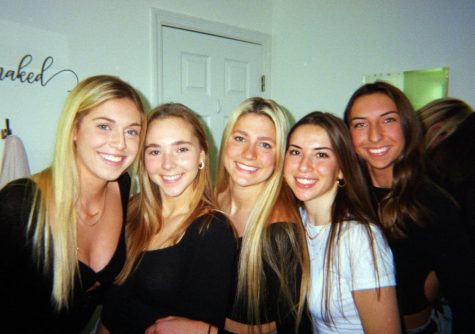
“I knew it was a better option in the long run. Film itself is cheaper than disposable cameras, so you get your money’s worth,” Reinecke said.Â
 When a roll of film is full, it can then be taken to a lab to be developed. Reinecke and Hipp agree film pictures are fun, but the process of development is lengthy. The filmstrip undergoes a series of chemical washes to ensure that it won’t become any more exposed. This part of the development process can take five to seven hours. Then the film can be used to produce prints.
 “Film and digital both have their own unique qualities. To me, digital photos are more posed, which isn’t bad at all, but with disposables, not everything is planned out. You only have one shot to take your picture and you won’t even know how it turns out or if it even takes. Taking pictures on a disposable is such a fun experience that I definitely love way more than just scrolling through pictures on a phone,” Hipp said.


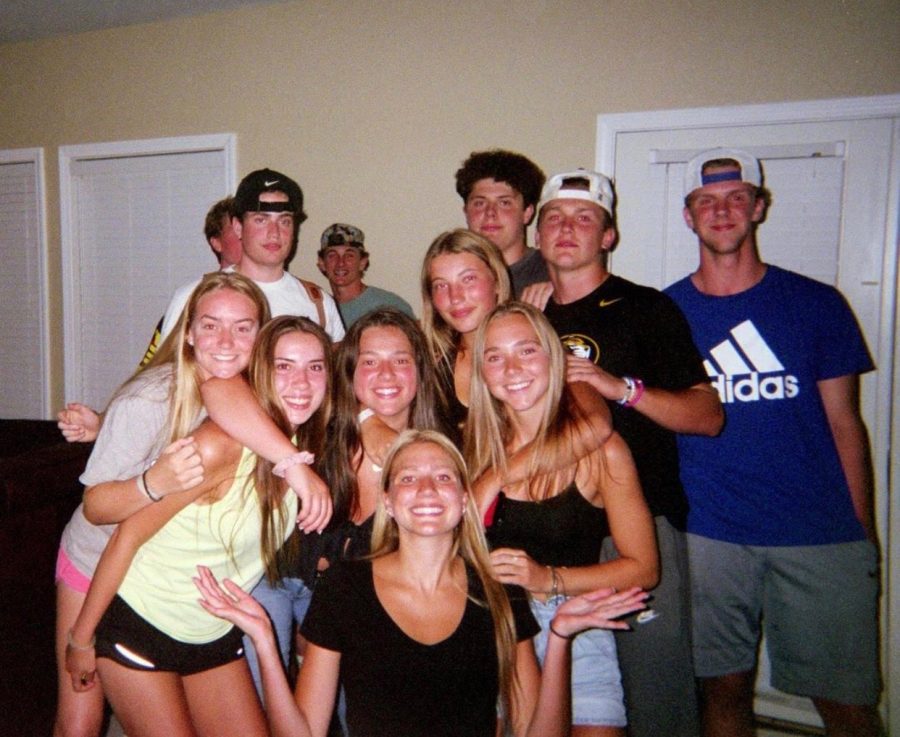

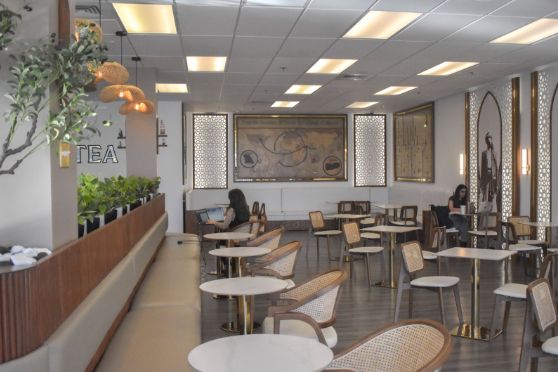
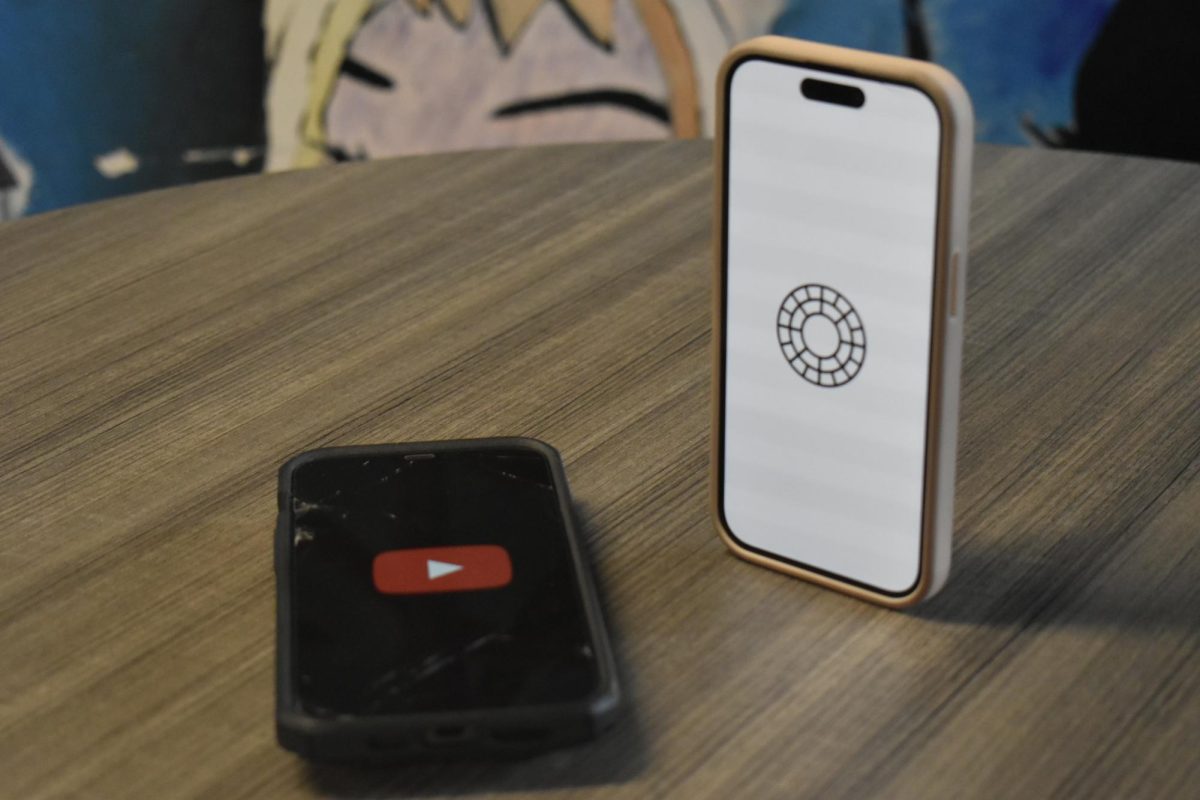
![There are more than 20 open cardio machines at Crunch Fitness. I enjoyed the spacious environment at Crunch, a sentiment that was shared by sophomore Sanjana Daggubati. “[Going to] Crunch Fitness was the right decision because [it] feels more professional. Crunch’s workers are laid back, but not to the point where they don't care,” Daggubati said.](https://pwestpathfinder.com/wp-content/uploads/2025/09/IMG_5242-1-1200x900.jpg)

![Various empty Kit Kat wrappers crowd the desk, surrounded by scoring sheets. While production of Kit Kat flavors in the U.S. is limited, Nestlé, the owner of Kit Kat, manufactures hundreds of unique flavors in Japan, including the flavors ocean salt and passion fruit. “I thought there [were] some interesting flavors, and a lot of them were really unexpected,” senior Elle Levesque said.](https://pwestpathfinder.com/wp-content/uploads/2025/09/image-2.png)

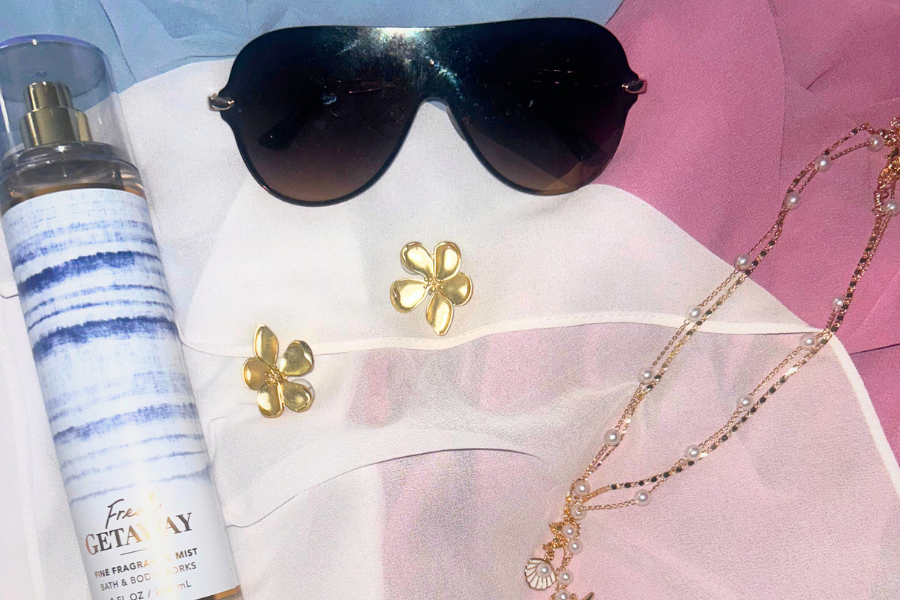
![Pantone’s selection of the 2025 Color of the Year is revealed: Mocha Mousse. Ceramics teacher Ashley Drissell enjoys this year’s selection. “Maybe it’s the name but [Mocha Mousse] reminds me of chocolate and coffee. It makes me hungry. It’s very rich and decadent,” Drissell said.](https://pwestpathfinder.com/wp-content/uploads/2025/02/DSC_0015-1200x800.jpg)

